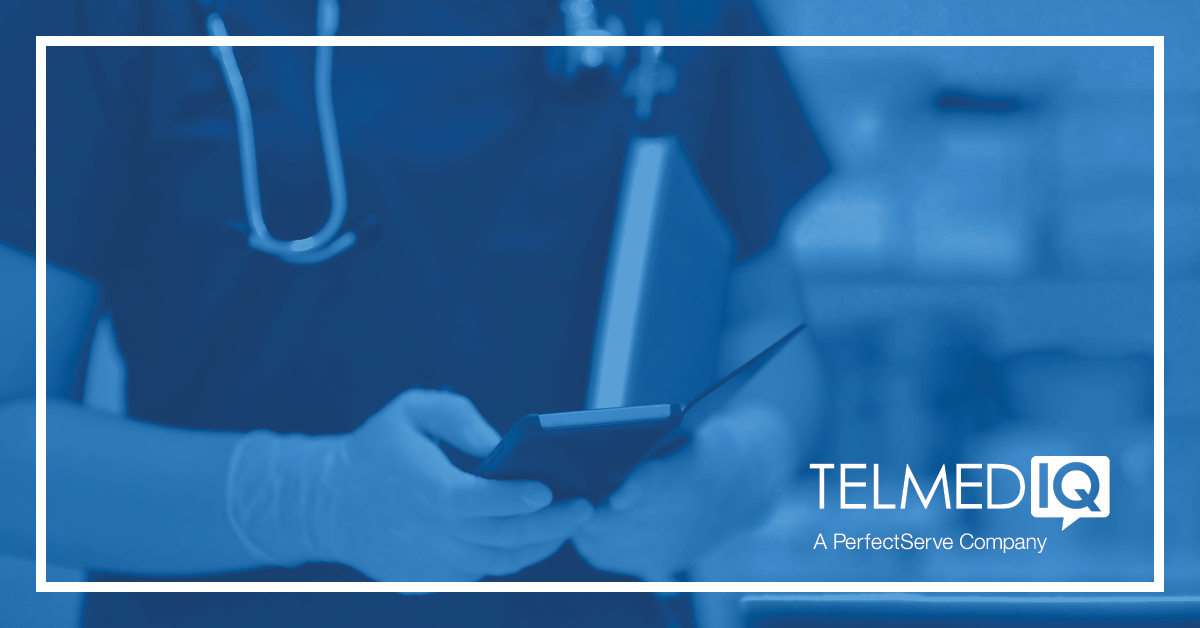The EHR is a critical piece of technology for providing patient information that allows providers to make decisions about patient care. Although a vital part of healthcare infrastructure, the EHR is a point solution designed to display data. EHR secure texting modules, where available, behave similarly to standalone basic texting applications: they fail to enable crucial healthcare workflows needed by clinicians for efficacy. This post explores the key differences.
The Changing Needs in Healthcare
With value-based care and the evolution of team-based care across large healthcare networks, providing care could involve dozens of nurses, therapists, and doctors inside and outside the healthcare network, as well as various healthcare settings. Across large healthcare organizations, this could involve more than one EHR, as well as point solutions that vary for nurse call, scheduling, and directories. As the complexity of care adds up, communication becomes more difficult, particularly at the point of discharge or transfer in the patient journey.
It is critically important in hospitals to get the right message to the right person at the right time.
EHRs are not equipped to deal with these complex communication issues, particularly during transitions of care across care providers or organizations. The EHR messaging component is limited to acute care setting users, with no communication and collaboration capability beyond the hospital. Additionally, it is critically important to minimize the risk of EHR downtime, whether it’s planned maintenance, server failure, human error, or a cyberattack.
Risk mitigation includes ensuring your EHR and communication infrastructure can run independently. Independent cloud-based communication infrastructure offers seamless communication support for pagers, text, and voice (including cellular and VoIP). If an EHR outage does occur, your solution should provide basic EMR data and ensure you can communicate with care team members and patients.
The ideal communication solution connects to each clinical system, providing care team members centralized access to the information they need to support care. This solution will reduce the number of systems organizations have to manage while also making it easier for clinicians to communicate, coordinate, and deliver care. After all, technology complexity is one of the leading causes of burnout among clinicians.
A True Clinical Communication and Care Team Collaboration Platform
With the focus of eliminating inefficiencies and reducing care delays, a clinical communication and collaboration solution unifies systems to provide:
- Simplified Care Team Communication: message a patient’s entire care team, including non-EMR users such as a community physician. Messages can be sent to individuals by name or role (such as “Hospitalist on call at Eagleridge Hospital”) or an entire team at once.
- Time Sensitive Escalations: instant notification of critical lab results, sepsis alerts, and code team deployment messages with auto-escalations when the recipient is unavailable
- Improved Auditability: driving communications through a central hub provides a new level of visibility, measurability, and accountability for the organization. Track if messages are received, read, or received a response.
- In Hospital Emergencies: In the event a patient is rapidly declining, a code page can send a high priority message to all members logged into a unit. Messages automatically escalate for any physician who doesn't respond or receive the message per protocol.
- Patient Communication: leverage condition-specific or predetermined communication pathways to facilitate care navigation, reduce readmissions, manage chronic conditions, and improve patient engagement
Secure text messaging has evolved. With key integrations with your EMR / EHR, scheduling platforms, active directory / LDAP, telephony systems, lab systems, call center, patient monitoring, and nurse call, clinical communication and collaboration solutions are helping prepare hospitals for the evolving clinical communications for years to come. Telmediq is the 2018 and 2019 #1 KLAS-rated clinical communication and collaboration solution.



